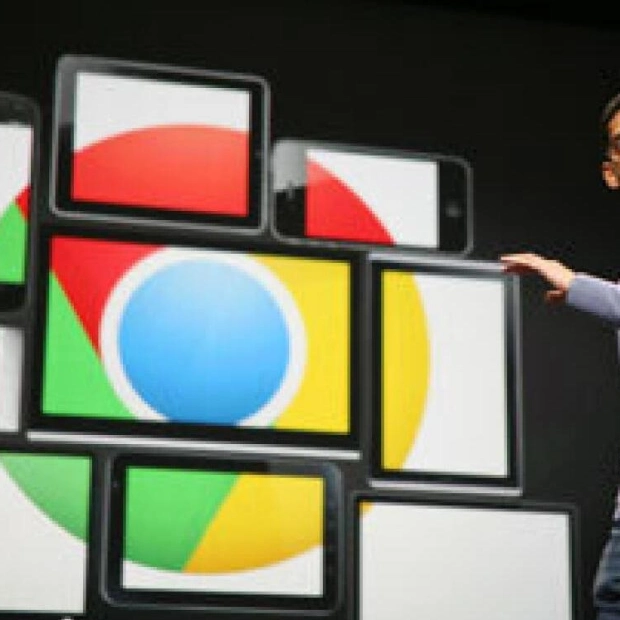Ed Miliband, the British Secretary of State for Energy Security and Net Zero, engaged in a conversation with World Bank President Ajay Banga during the summit on methane and non-CO2 greenhouse gases at the United Nations COP29 climate change conference in Baku, Azerbaijan, on November 12, 2024. — Reuters
Research indicates that the world's tropical wetlands are emitting more methane than ever before, signaling a concerning trend that suggests global climate goals are increasingly unattainable. The significant rise in methane emissions from wetlands, which are not adequately accounted for in national emissions plans and are underrepresented in scientific models, could compel governments to implement more drastic reductions in their fossil fuel and agricultural sectors, according to researchers.
Wetlands store vast amounts of carbon in the form of dead plant matter, which is gradually decomposed by soil microbes. Rising temperatures accelerate this process, enhancing the biological interactions that produce methane. Simultaneously, heavy rainfall triggers flooding, causing wetlands to expand. Scientists had anticipated an increase in wetland methane emissions due to climate warming, but air samples from 2020 to 2022 revealed the highest methane concentrations in the atmosphere since reliable measurements began in the 1980s.
Recent studies suggest that tropical wetlands are the primary source of this spike, with tropical regions contributing over seven million tonnes to the methane surge in recent years. "Methane concentrations are not just rising, but rising faster in the last five years than any time in the instrument record," stated Stanford University environmental scientist Rob Jackson, who chairs the group that publishes the five-year Global Methane Budget, last released in September. Satellite data identified the tropics as the main source of the increase, and further analysis of methane's chemical signatures confirmed its origin from wetlands rather than fossil fuels.
The Congo, Southeast Asia, and the Amazon and southern Brazil regions were found to contribute the most to the tropical methane spike. Data published in March 2023 in Nature Climate Change shows that annual wetland emissions over the past two decades were about 500,000 tonnes per year higher than worst-case climate scenario projections. Capturing emissions from wetlands remains a technological challenge.
The La Nina climate pattern, which brings heavier rains to parts of the tropics, was partially responsible for the surge, according to a study published in September in the journal Proceedings of the National Academy of Sciences. However, La Nina alone cannot explain the record-high emissions, according to climate scientist Drew Shindell at Duke University. For countries addressing climate change, this development has significant implications for planning methane and carbon dioxide emissions reductions.
If wetland methane emissions continue to rise, governments will need to take more robust actions to limit warming to 1.5°C, as agreed in the United Nations Paris climate accord. Methane is 80 times more potent than carbon dioxide (CO2) in trapping heat over 20 years and accounts for about one-third of the 1.3°C (2.3 F) warming since 1850. Unlike CO2, methane dissipates from the atmosphere within about a decade, reducing its long-term impact.
Over 150 countries have committed to a 30% reduction in methane emissions from 2020 levels by 2030, focusing on leaky oil and gas infrastructure. Despite improved methane leak detection technologies, scientists have not observed a slowdown in emissions. According to the International Energy Agency's 2024 Global Methane Tracker report, methane emissions from fossil fuels have remained at a record high of 120 million tonnes since 2019. Satellite data has identified over 1,000 large methane plumes from oil and gas operations in the past two years, but only 12 leaks were addressed by notified countries, according to a UN Environment Programme report.
Some countries have announced ambitious methane reduction plans. China aims to curb flaring at oil and gas wells, while the Biden administration finalized a methane fee for large producers, which may be reversed by the incoming Trump presidency. The Democratic Republic of Congo's environment minister, Eve Bazaiba, stated at the UN climate summit COP29 that the country is assessing methane emissions from the Congo Basin's wetlands, which were identified as the largest hotspot in the 2024 methane budget report.
Source link: https://www.khaleejtimes.com






